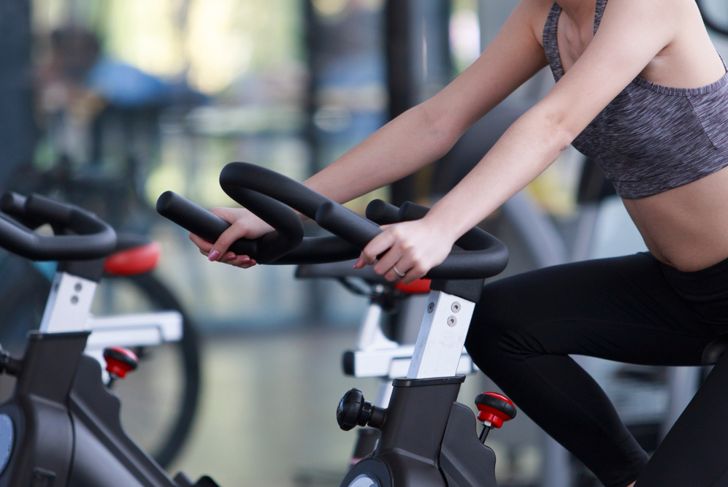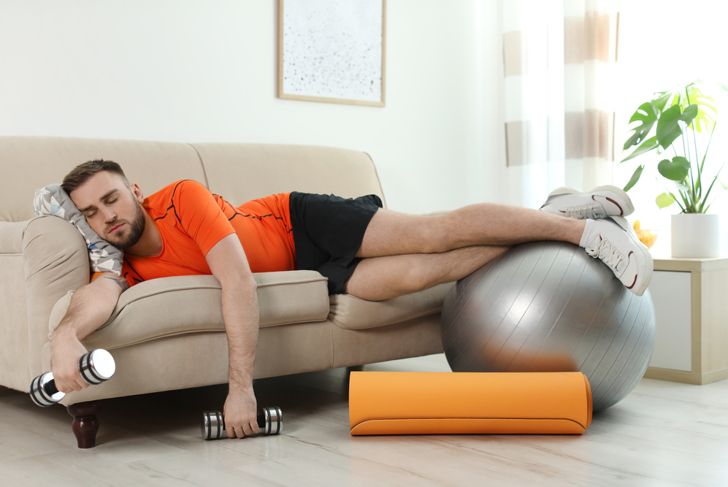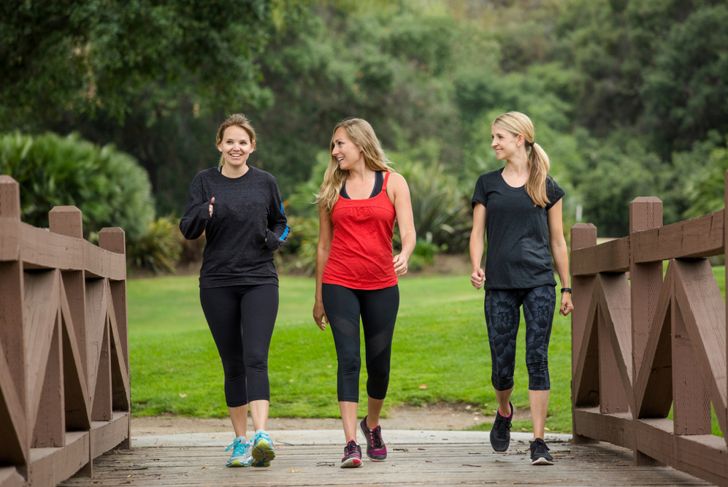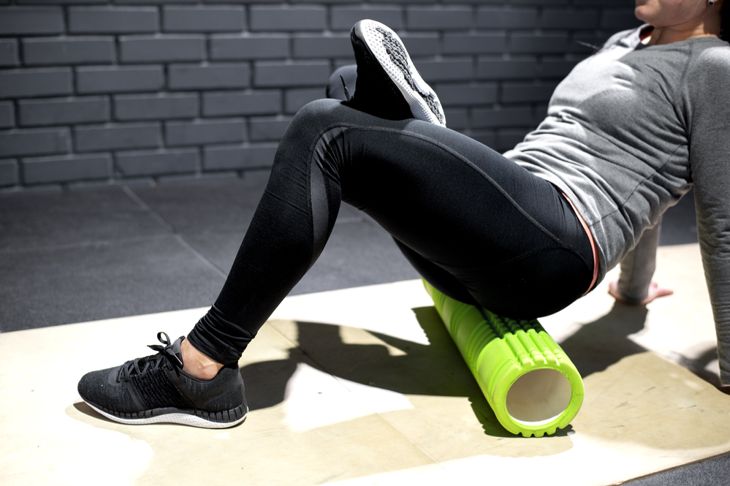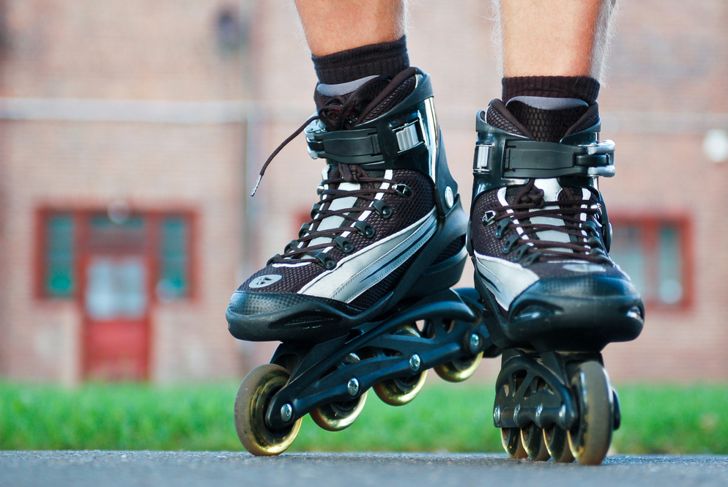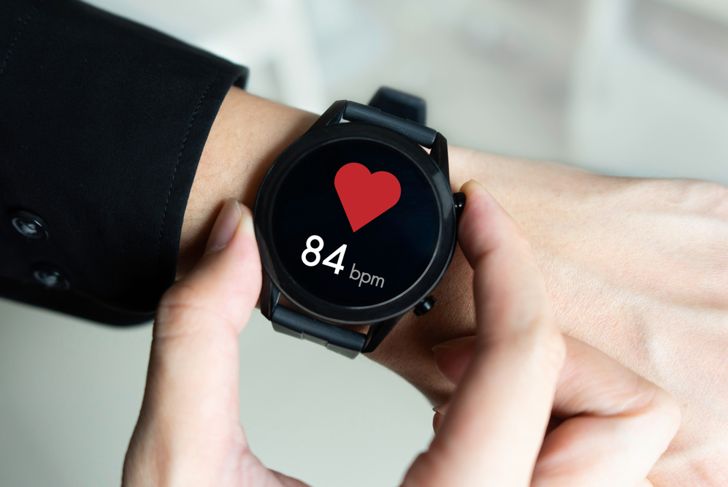If you’ve ever hired a personal trainer or researched fitness practices, you might have heard of active recovery. An important part of any fitness program, active recovery is low-intensity exercise in between higher-intensity workouts. You can incorporate this into your fitness schedule in a variety of ways, and there are lots of options.
Why Active Recovery is Important
Most people who work out regularly know the importance of rest days, whether they choose to include them in their fitness schedule or not. But some studies show that active recovery is actually more beneficial than just doing nothing on your days “off.”Depending on when you do your active recovery, it can help by eliminating toxins and reducing lactic acid build-up, maintaining flexibility, decreasing how tired and sore you’ll be, and ensuring you stay physically and mentally sound enough to keep working out and getting stronger.
Active vs. Passive Recovery
Active recovery days might often replace your passive recovery days now that you know how important they are, but passive rest is still important. Passive recovery is inactivity (as opposed to low-intensity activity), and it’s vital if you’re feeling pain, instead of simple muscle soreness, after a workout or if you’re completely exhausted.
Active Recovery Between Sets
You can include active recovery right in your usual workout by slipping it in between sets. Avoid plopping down on the bench or mat when you let your heart rate come down between sets; try walking around your space or doing some easy cycling on the stationary bike, instead.
Cooling Down as Active Recovery
You should never stop short after doing an intense workout. Even if your muscles are jelly and you just want to collapse on the grass, this is a surefire route to sore muscles, or worse. Active recovery — such as walking for ten minutes after your run — will help reduce DOMS or delayed-onset muscle soreness.
Active Recovery Between Workout Days
If you’re the type of person who wants all your activities to include a heavy sweat session, fight that urge on active recovery days. Your body needs breaks so it can recover, turning the tiny tears that happen during a hard workout into stronger muscle (it can rebuild you, it has the technology).On the other hand, some people feel they’ve earned their couch time after a hard workout day. They definitely have — but slipping a bit of movement in between episodes of The Crown will go a long way to prepping the body for the next intense session.
Walking
Walking is probably the most obvious active recovery exercise, but that’s because it’s one of the best. Choose a softer surface if you can, for true low-impact benefits, and make sure you wear good shoes. Other than that? Pop in your favorite tunes or latest podcast and go for a stroll.
Myofascial Release with a Foam Roller
Foam rollers help loosen up the fascia — connective tissue — that has a tendency to get stiff and tight when we aren’t moving around). Foam rolling can increase range of motion and circulation and reduce muscle pain, including that nasty delayed-onset muscle soreness (DOMS) that’s the cause of those two-day-later aches most people have experienced.
Rollerblading
There are lots of great active recovery options out there, but if you happen to own a pair of rollerblades, why not take them out for a spin? It’s always fun to zip along on eight wheels; just make sure you’re sticking to a mild or moderate pace.
Swimming
If the water’s right, jump in! Some leisurely laps or even just treading water is a great way to work your body in an unavoidably low-impact way. Depending on your fitness level, even a light water aerobics class could hit the mark.
Choosing the Right Active Recovery Activity
Don’t let your active recovery turn into just one more workout. Choose an active recovery option that needs 30-60% of your maximum heart rate (on regular workout days, you can go up to 85%). If you know you’re going to go hard if you strap on those rollerblades, consider a different kind of movement that you can do at a leisurely pace.Stick with activities that don’t have a high risk of injury. This varies with every person. Swimming is easy on the joints, for instance, but if you get frequent ear infections, choose something that isn’t going to put your workout regimen and general health at risk!Whatever activity you choose, remember that balance is key. Active recovery days are just as important to your fitness journey as sprints and leg days. Giving your body time to recover helps make sure you can keep doing the sweaty workouts you love for decades to come.

 Home
Home Health
Health Diet & Nutrition
Diet & Nutrition Living Well
Living Well More
More

